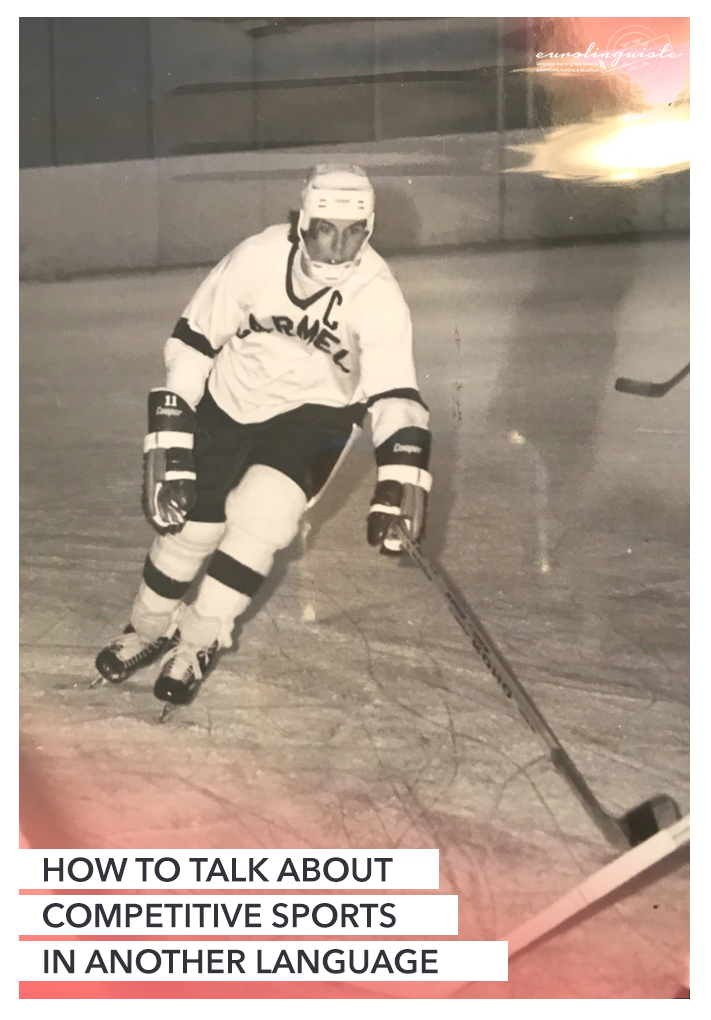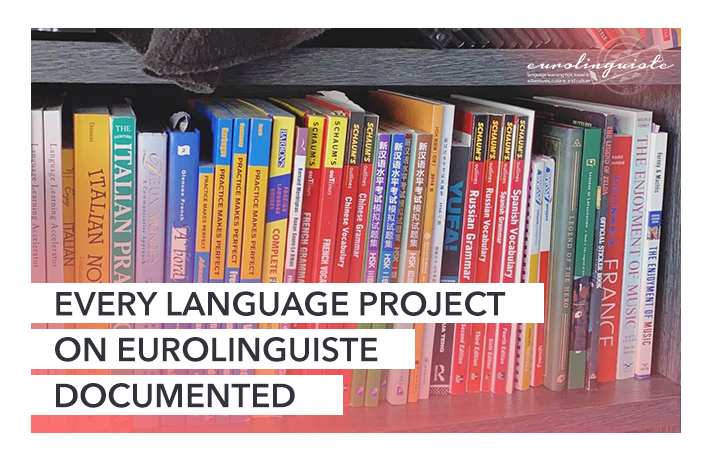How to Talk About Competitive Sports in Another Language

My name is Shannon Kennedy and I'm the language lover,…
This post originally appeared on the Drops blog.
It’s summer — the season for sports, play, and being outdoors. And for many athletes, and fans, competitive sports are a popular way to enjoy the summer season.
What better way to dive into your favorite sports and a new language than by learning the words you need to talk about what you love in another language? This is something I’ve experienced with success, learning to talk about taekwondo in Korean and karate in Japanese!
I’ll get into how you can learn to talk about your favorite sport in another language, but first, let’s talk about what competitive sports are!

What are competitive sports?
You may be wondering — what is a competitive sport? How are competitive sports different from just “sports” in general.
Competitive sports are focused on training and are often competition-focused. For many, reaching Olympic levels in a competitive sport is a major goal. And excellence in a competitive sport can often lead to a professional career.

What are examples of competitive sports?
Many competitive sports are also Olympic sports. For example, here is a list of summer Olympic sports (just a few!):
- Swimming
- Karate
- Basketball
- Soccer
- Water polo
- Gymnastics
- Boxing
- Fencing
- Volleyball
- Golf
And here is a list of winter Olympic sports:
- Skiing
- Bobsleigh
- Snowboard
- Figure skating
- Ice hockey
- Speed skating
All of these are what are defined as “competitive sports”.
Why are competitive sports good for kids?
There are many benefits to competitive sports–especially when it comes to kids. So if you’re wondering why kids should play competitive sports, here are five reasons:
1 It encourages achievement.
Through competitive sports, kids learn about goal setting and preparing to reach those goals. They learn about performance and how to get ready for it. It also teaches them how to perform under pressure. When time is running out, or the finish line is in sight, they learn how to push, keep going, and not give up.
2 It engages them in physical activity.
Physical activity has a wide range of benefits, both immediate and long-term. And in competitive sports, one is more likely to push themselves harder than in individual sports.

3 It teaches them how to deal with disappointment.
You won’t win every game when it comes to competitive sports, and losing is a great way to learn how to deal with disappointment.
4 Helps build teamwork skills.
In competitive sports, you learn both teamwork and sportsmanship. You learn how to work together and build friendships.

5 It teaches discipline.
Discipline is an important life skill. And studies have shown that kids who take part in competitive sports generally tend to have better discipline in other aspects of their lives (including academics). It also helps with commitment.

What are non-competitive sports?
Many competitive sports can be non-competitive depending on the focus. For example, many forms of martial arts have non-competitive aspects.
More specific examples of non-competitive sports are:
- Kayaking
- Aerobics
- Backpacking
- Hiking
- Cycling
- Dance
- Skateboarding
- Walking
How to Cheer Your Favorite Teams in Different Languages
Competitive sports take place all over the world, and for many sports, different countries come together to compete. Learning how to cheer your favorite team on in another language is an easy way to make attending matches or games more fun and interesting!
Japanese – 頑張れ日本 (ganbare Nippon)
In Japan, you cheer on your team by using this expression which means “Do your best, Japan!” To just say “do your best”, you’d use 頑張れ (ganbare).
American English – “Let’s go, [team name], let’s go!”
This cheer in English is pretty self-explanatory. It’s encouraging the time to perform well.
Korean – 화이팅/파이팅 (hwaiting/paiting)
This cheer in Korean means “fighting!” It can be used to encourage your friends in addition to being useful at sports games.

Italian – Forza
Forza is the cheer used by Italian speakers and it means “force”, “power”, or “strength”.
Cantonese – 加油呀 (gaa1 jau2 aa3)
This Cantonese cheer literally means “add oil” but it figuratively means “you can do it”.
Mandarin Chinese – 加油 (jiā yóu)
Like it’s Cantonese counterpart, this cheer in Mandarin Chinese also means “add oil”.
French – Allez, allez
The French cheer allez, allez means “go, go!” You can also use Allez les bleu ! which means “Go the blues!”, referencing the color of the French team’s blue uniforms.
Spanish – Olé, olé, olé
We’ll end with one of the most universally known cheers in sports. It’s a Spanish cheer, but you’ll hear it used by a variety of sports fans.
Learn Sports Vocabulary in Another Language
Knowing sports vocabulary in another language not only helps you build connections, but helps you better understand cultures around the world. For example, beyond cheering, in American English, sports metaphors abound. You’ll hear these sports metaphors:
- “You hit it out of the park” which means “you did a great job.”
- “It was a home run” which means “it was a hit” (another sports metaphor for saying “it went over well”).
- “Slam dunk” which means “it was a success”.
- “The ball’s in their court” which means you’re waiting to get something back from someone whether it’s an assignment or a response.
- “Down to the wire” means you’re almost out of time.
Interested in learning more sports vocabulary in another language? Try Drops.
Learn how to discuss:
- Sports
- More Sports
- Skiing & Ice Hockey
- Sports Equipment
- Swimming
- Extreme Sports
- Athletics
- Gym
- Soccer & Basketball
- Bicycle
… in any of our 45+ languages.

My name is Shannon Kennedy and I'm the language lover, traveler, and foodie behind Eurolinguiste. I'm also the Head Coach of the Fluent in 3 Months Bootcamp, co-founder of Women in Language, and former Resident Polyglot at Drops.



